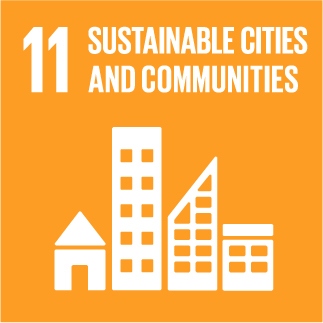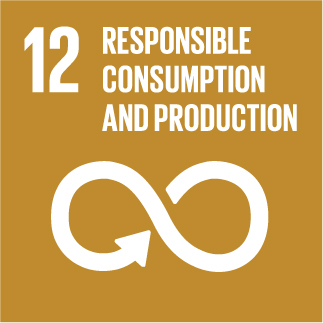URBANREC
Valorization of Industrial Lignin as Biobased Carbon Source in Fire Retardant System for Polyamide 11 Blends
In this study, two different types of industrial lignin (i.e., lignosulphonate lignin (LL) and kraft lignin (DL)) were exploited as charring agents with phosphorus-based flame retardants for polyamide 11 (PA11). The effect of lignins on the thermal stability and fire behavior of PA11 combined with phosphinate additives (namely, aluminum phosphinate (AlP) and zinc phosphinate (ZnP)) has been studied by thermogravimetric analysis (TGA), UL 94 vertical flame spread, and cone calorimetry tests. Various blends of flame retarded PA11 were prepared by melt process using a twin-screw extruder. Thermogravimetric analyses showed that the LL containing ternary blends are able to provide higher thermal stability, as well as a developed char residue. The decomposition of the phosphinates led to the formation of phosphate compounds in the condensed phase, which promotes the formation of a stable char. Flammability tests showed that LL/ZnP ternary blends were able to achieve self-extinction and V-1 classification; the other formulations showed a strong melt dripping and higher burning. In addition to this, cone calorimetry results showed that the most enhanced behavior was found when 10 wt % of LL and AlP were combined, which strongly reduced PHRR (−74%) and THR (−22%), due to the interaction between LL and AlP, which not only promotes char formation but also confers the stability to char in the condensed phase.

» Author: Neeraj Mandlekar
» Reference: doi: 10.3390/polym11010180
» Publication Date: 21/01/2019
» More Information

This project has received funding from the European Union's Horizon 2020 research and innovation program under grant agreement Nº 690103




URBANREC Guidelines by URBANREC Consortium is licensed under a Creative Commons Reconocimiento-NonComercial-NoDerivatives 4.0 Internacional License.
Puede hallar permisos más allá de los concedidos con esta licencia en www.aimplas.net
